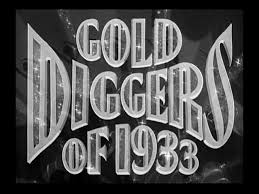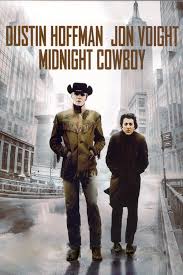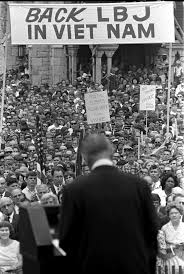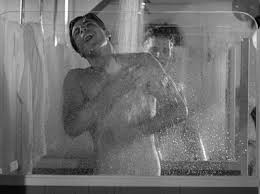Much has been written about the Hollywood production code, and I do not intend to go over the various aspects of the code, why it came into place and why it was eventually abolished. Obviously, some activist groups were rather influential getting the code implemented in the first place. Likewise, some producers and directors were influential in dismantling it several decades later.
Instead what I would like to focus on is that brief period of time right before the code took affect, and the first few years after the code was finally lifted. I always thought it was interesting that films from 1933 or early 1934 were still quite different from films released in 1969 or 1970. For instance, we would never mistake something like GOLD DIGGERS OF 1933 with MIDNIGHT COWBOY, would we?
What makes films made before and immediately after the code so different? Motion picture product from both periods share certain artistic freedom in terms of content and approach to storytelling. However, the stories are often not at all alike. Perhaps this is because movie-making itself usually reflects current events in the world at large. And the world had changed greatly from the mid-30s to the late-60s. Themes about the great depression or New Deal policies promoted during FDR’s first term in office were all but distant memories during the Johnson and Nixon administrations. Also, America was not at war in the thirties; while something like the on-going crisis in Vietnam consumed the nation’s thoughts on a daily basis in the sixties.
Meanwhile, societal attitudes seem to have evolved radically. Sex would never go out of fashion, not even during the production code era (where it still exists off-camera and may still be alluded to). But styles of dress reflecting sex were much more ‘mod’ after the code, and the glamour of the early days of sound film were eschewed in favor of more casual attire and earthy characterizations on screen.
And while nude or partially nude scenes were attempted in the early days, later on when nudity is depicted, it seems more germane to the story. In other words, characters may appear in the buff as they are about to make love, with the characters taking their relationship to the next level. Previously, nudity was used for shock value– fan dancing, swimming, showering– but not because it was an emotional experience.
Another interesting change is that the use of foul language would be included in dialogue after the code, but before the code we never really hear anyone utter expletives.
Finally, while film content is much freer from 1968 onward, that is not necessarily the case with television. Certain standards are still to this day imposed on network television. Meaning that if an R-rated film is broadcast on one of the major networks, it still has to be edited (either by cutting scenes or dubbing dialogue) that would conform to a code of sorts.




